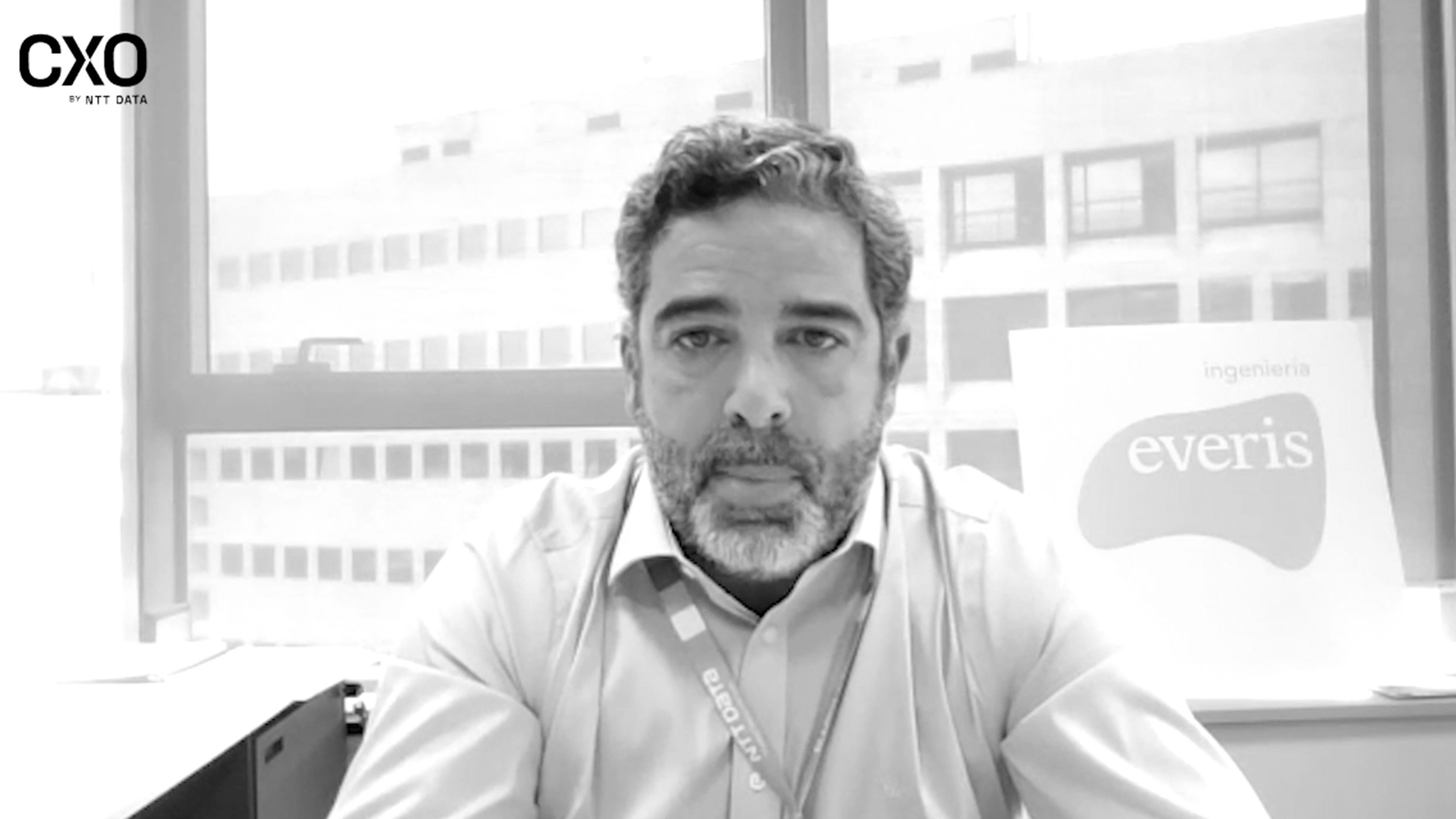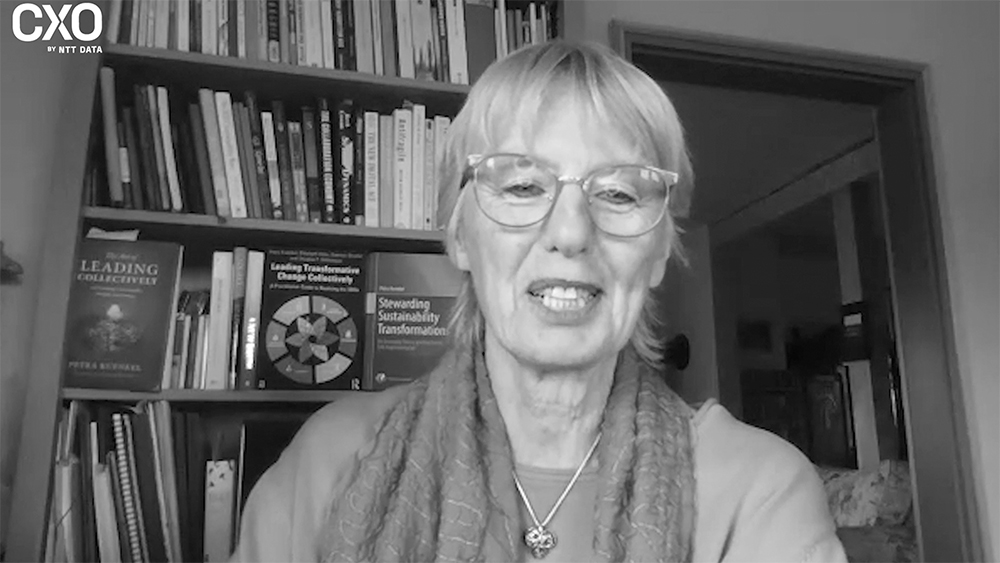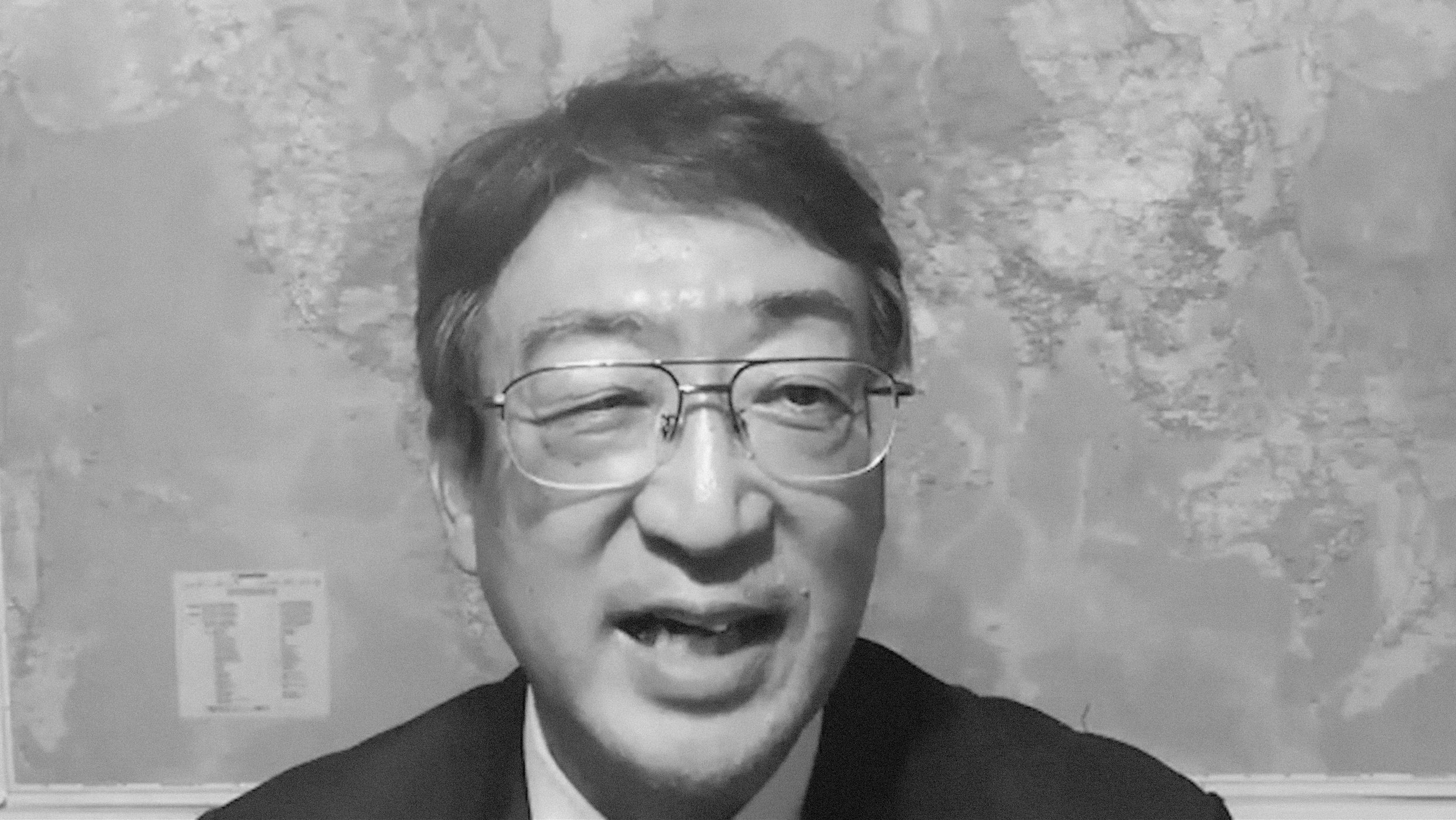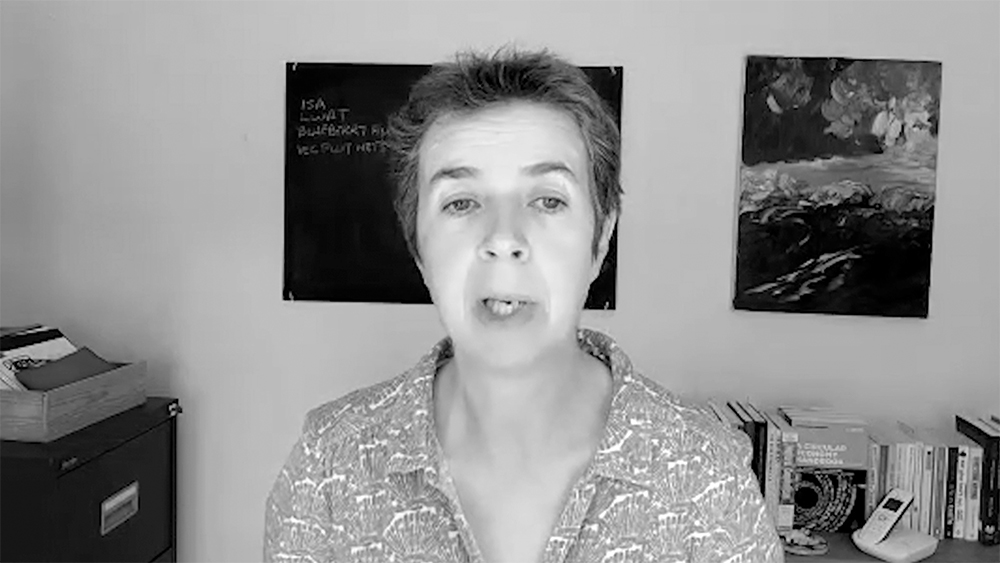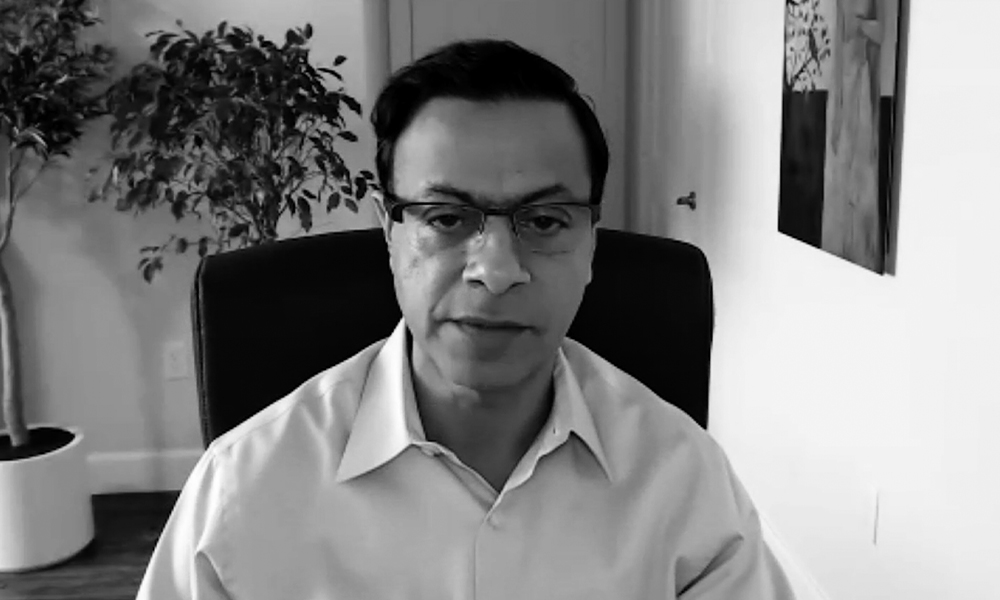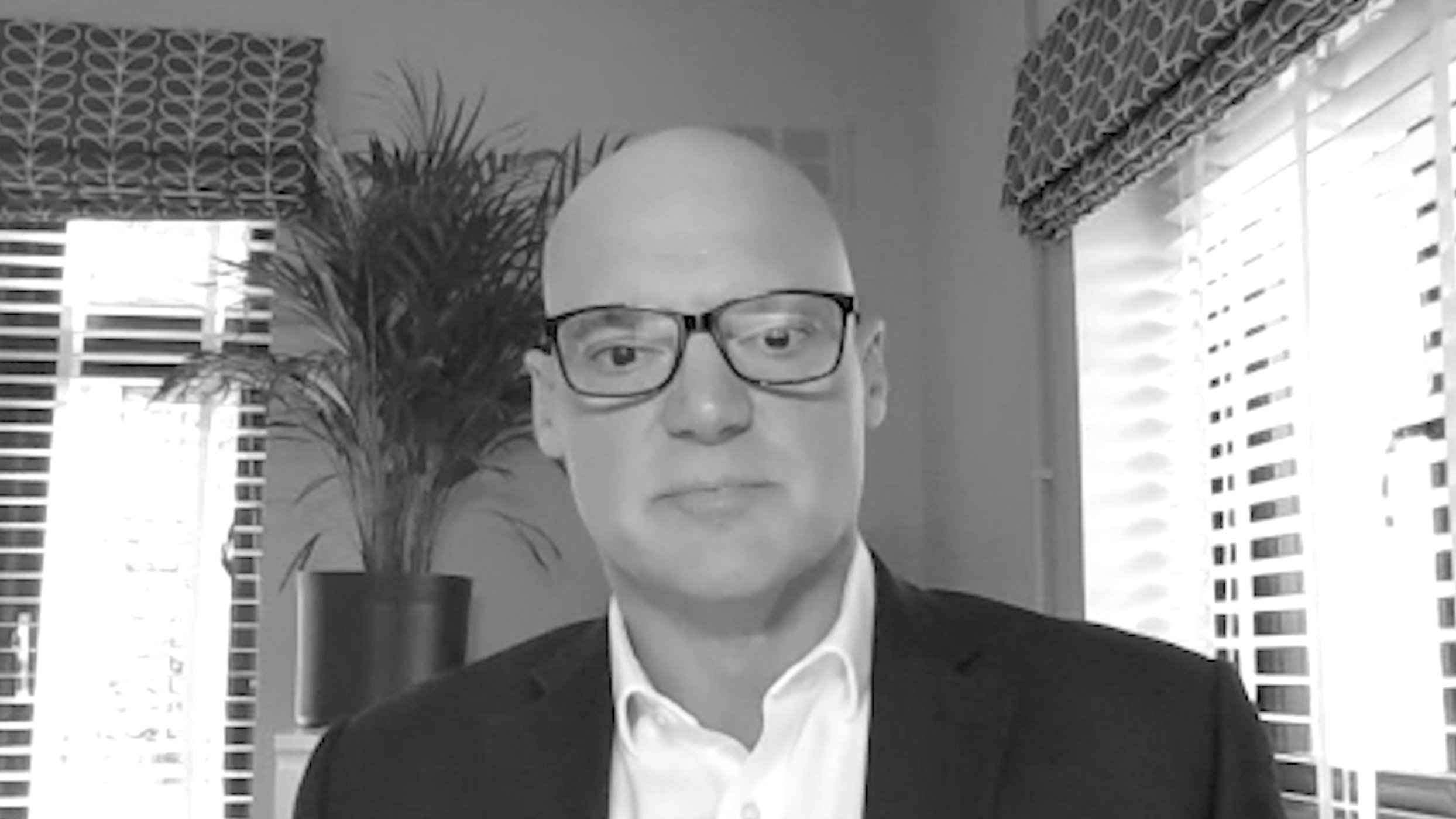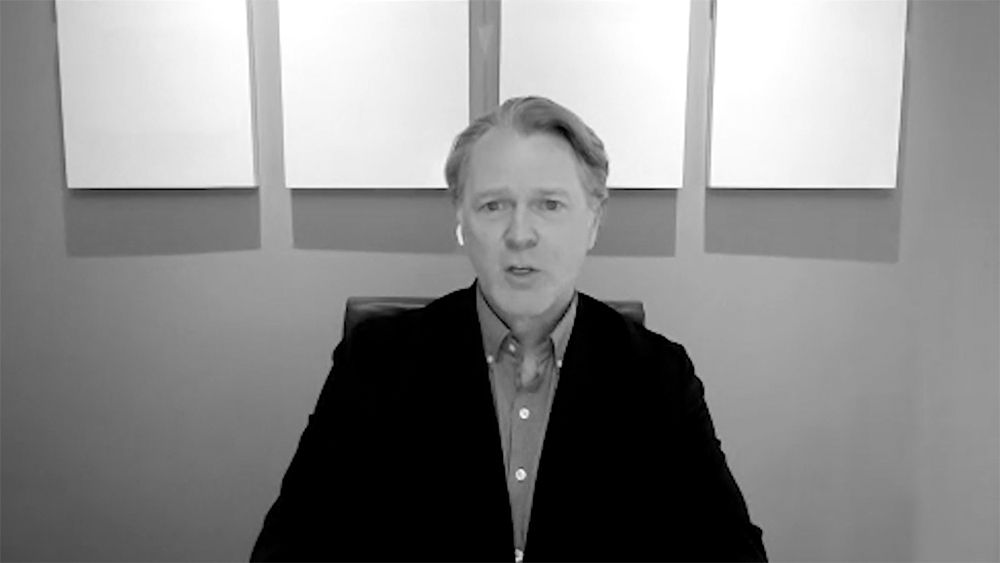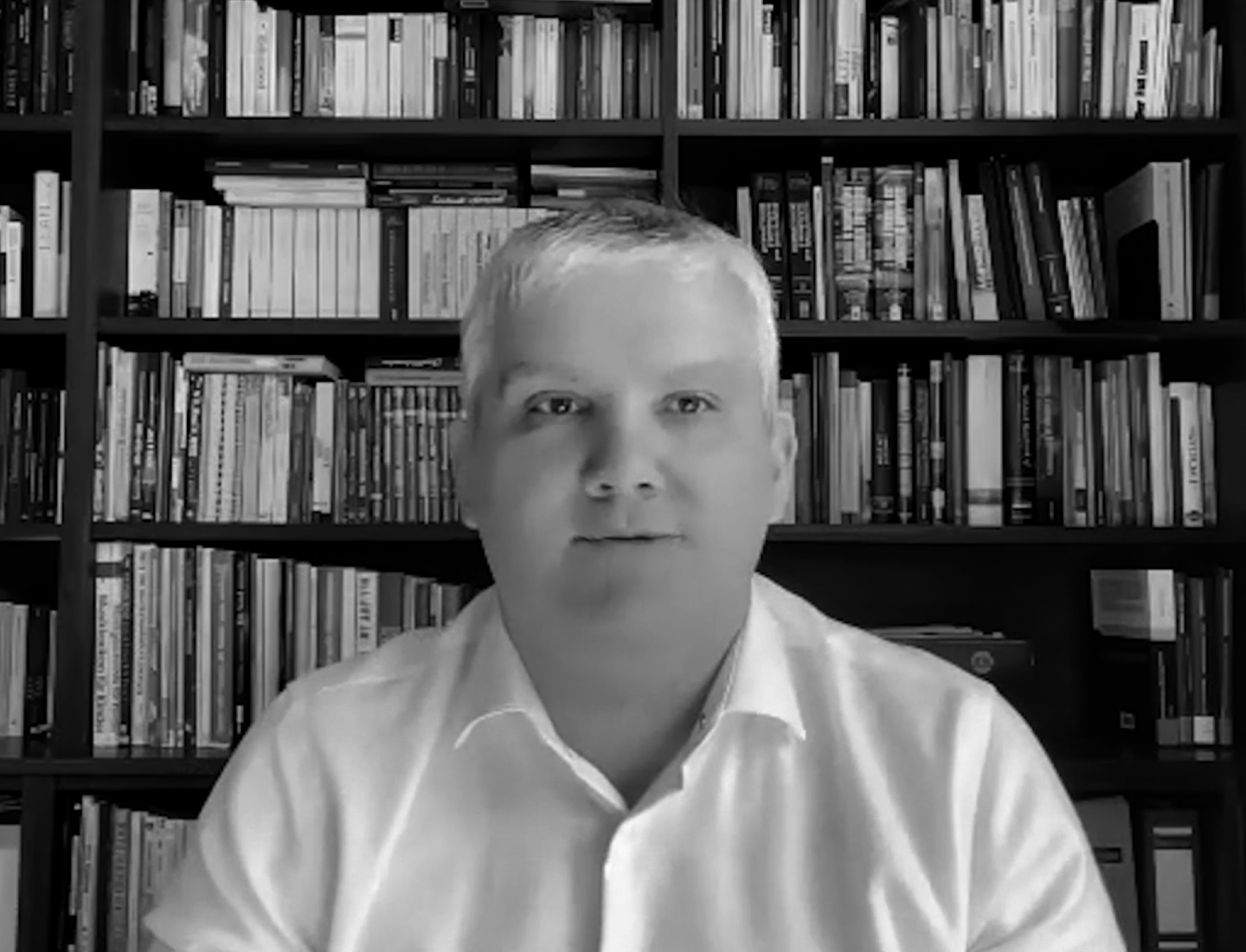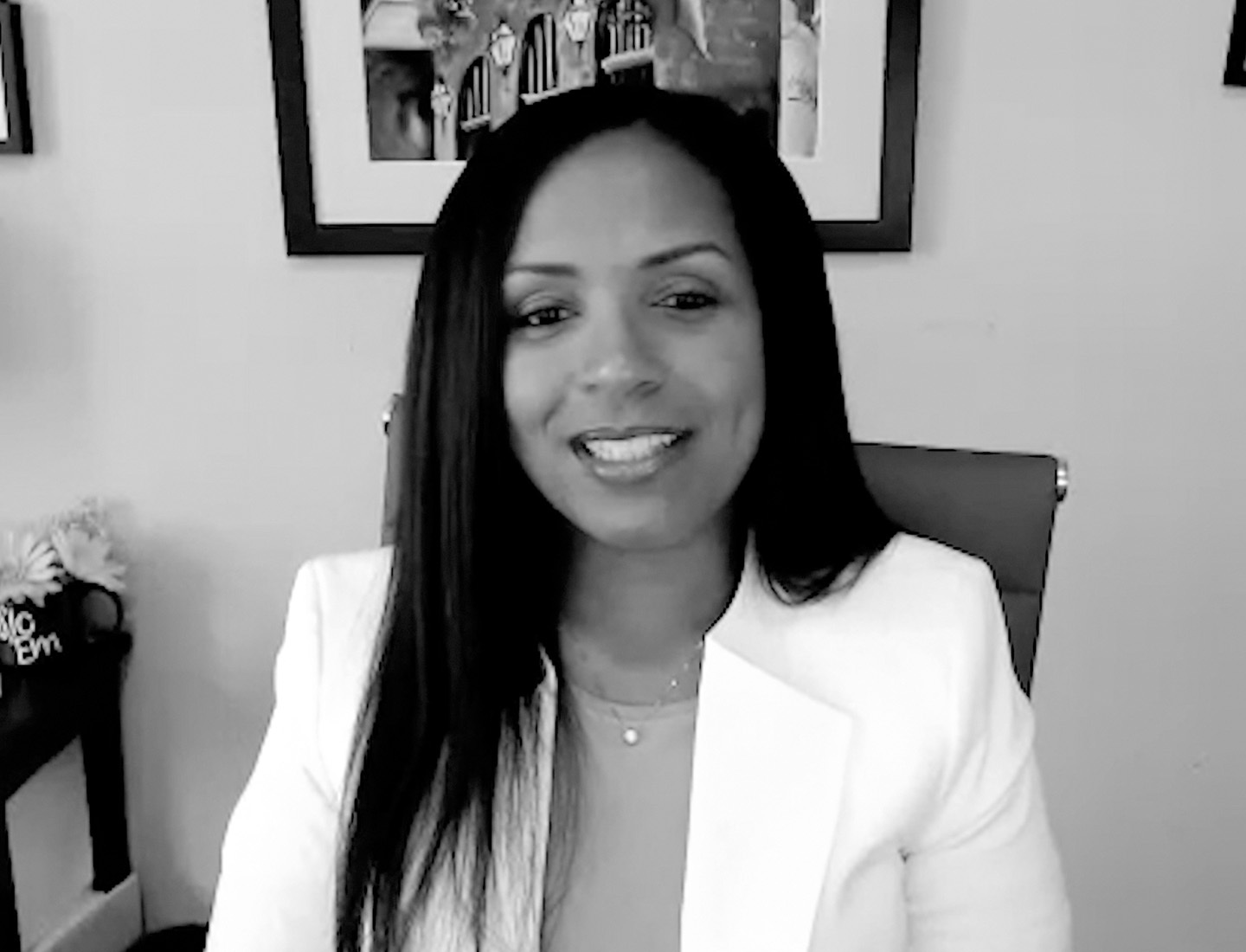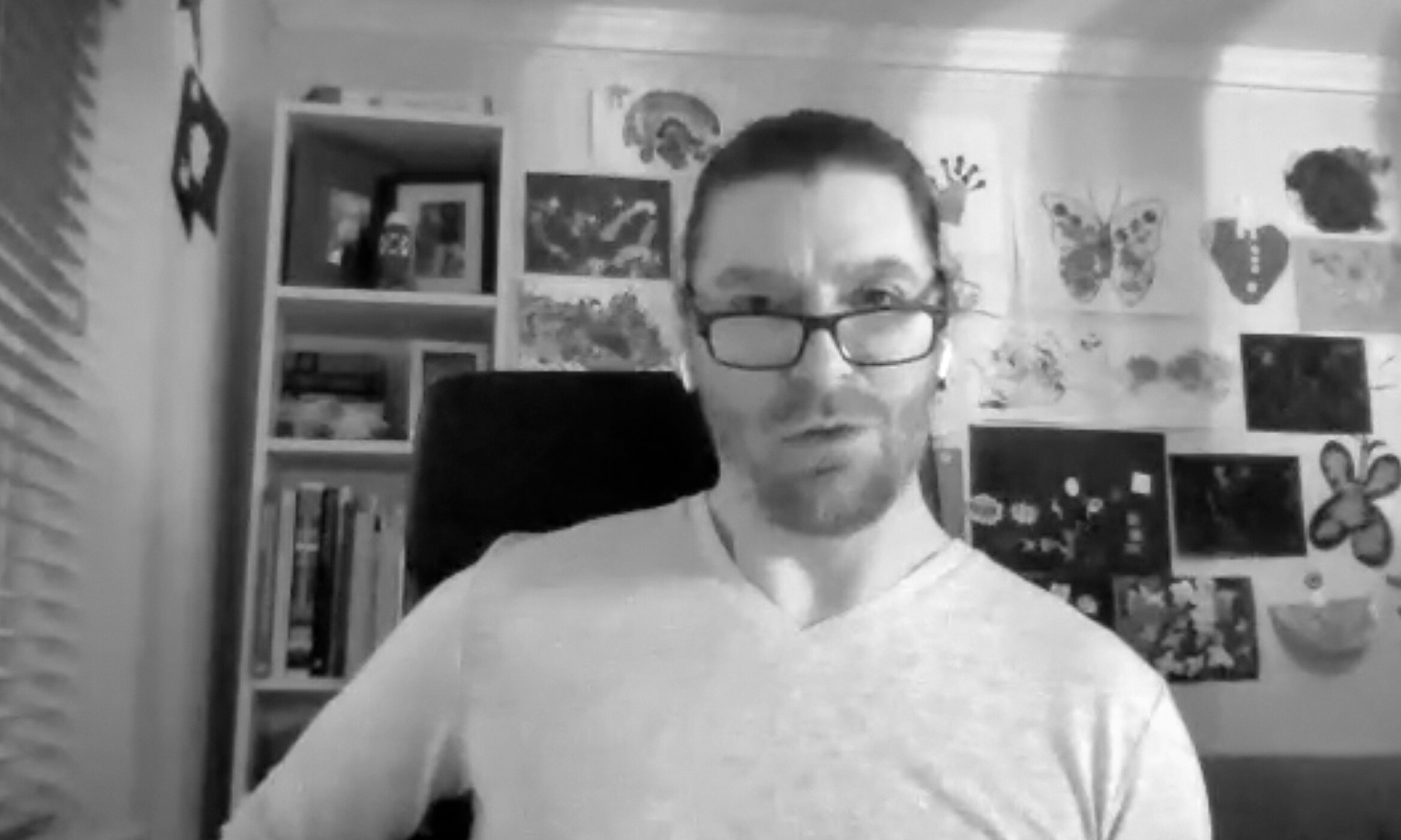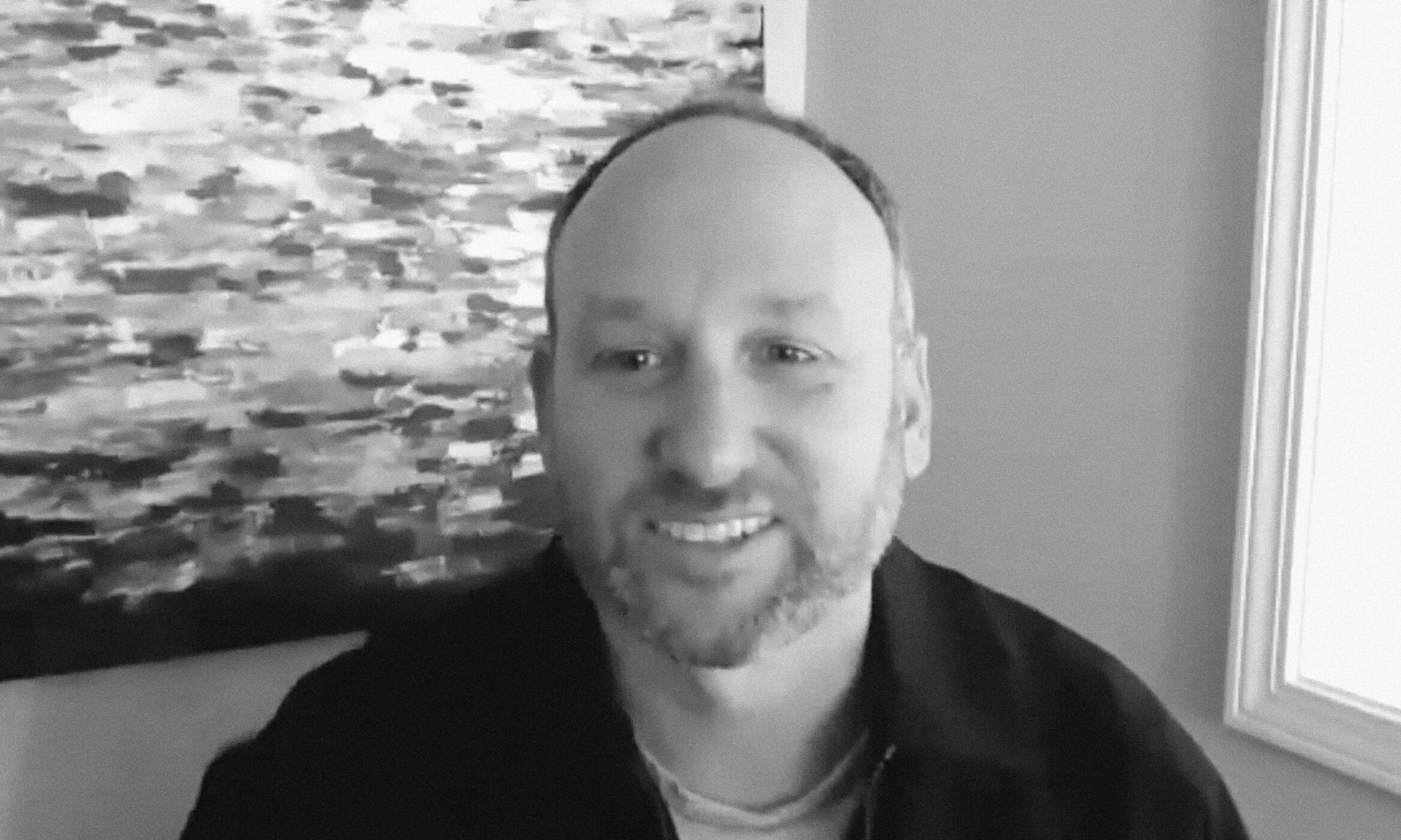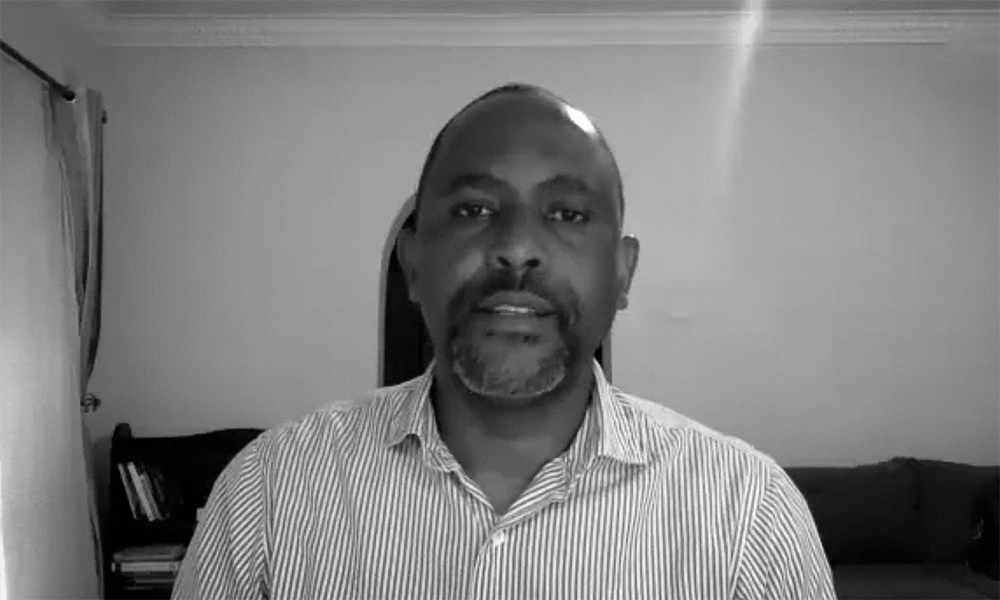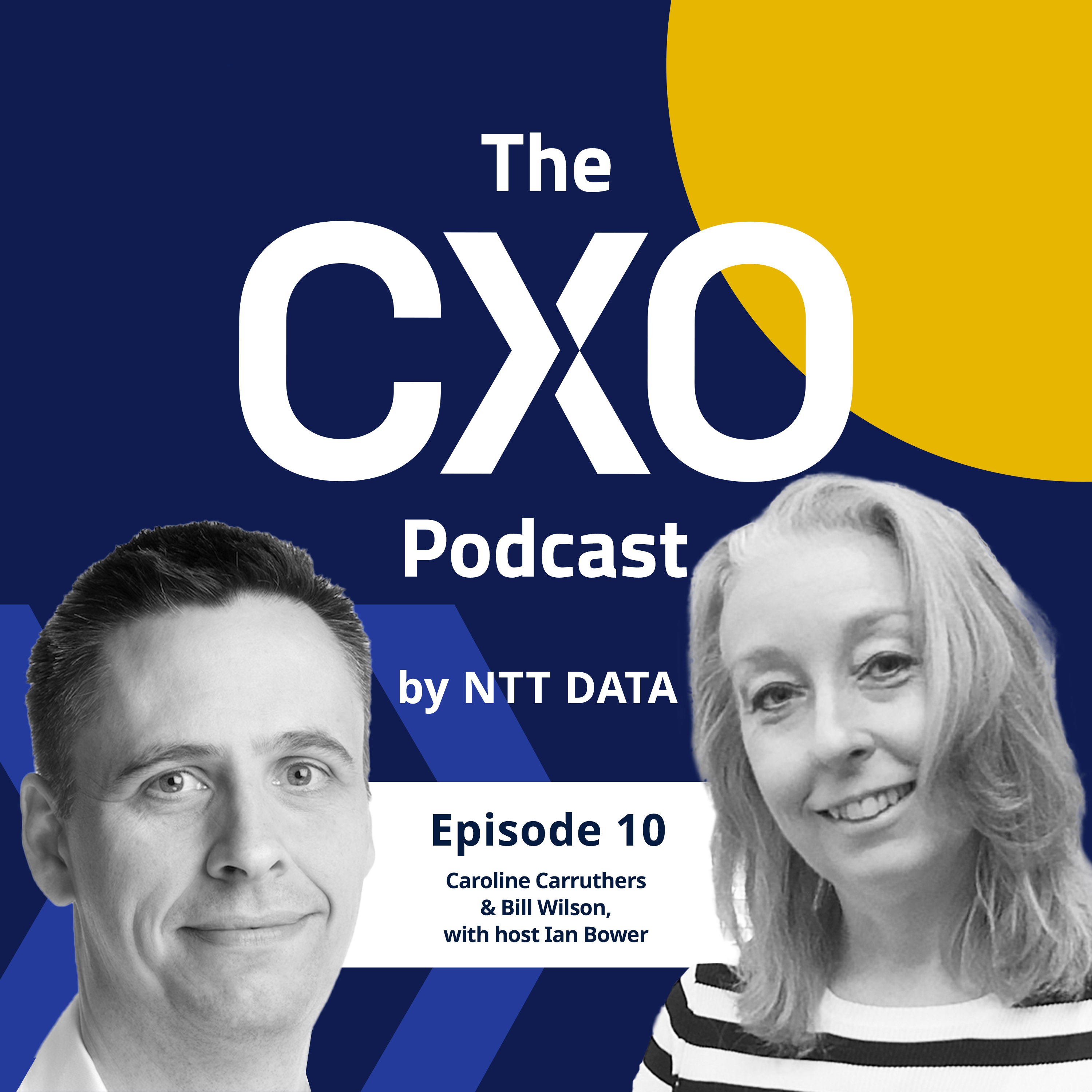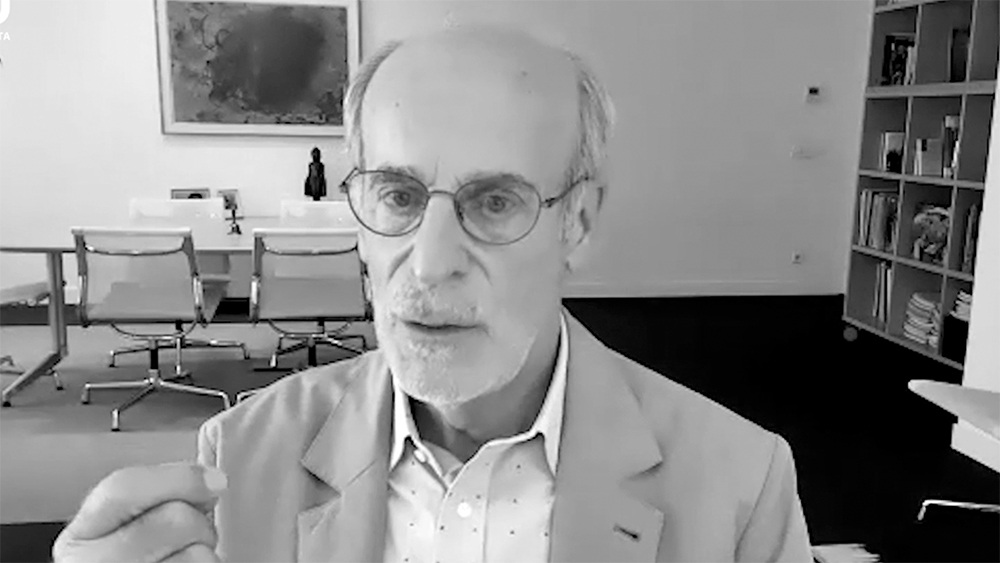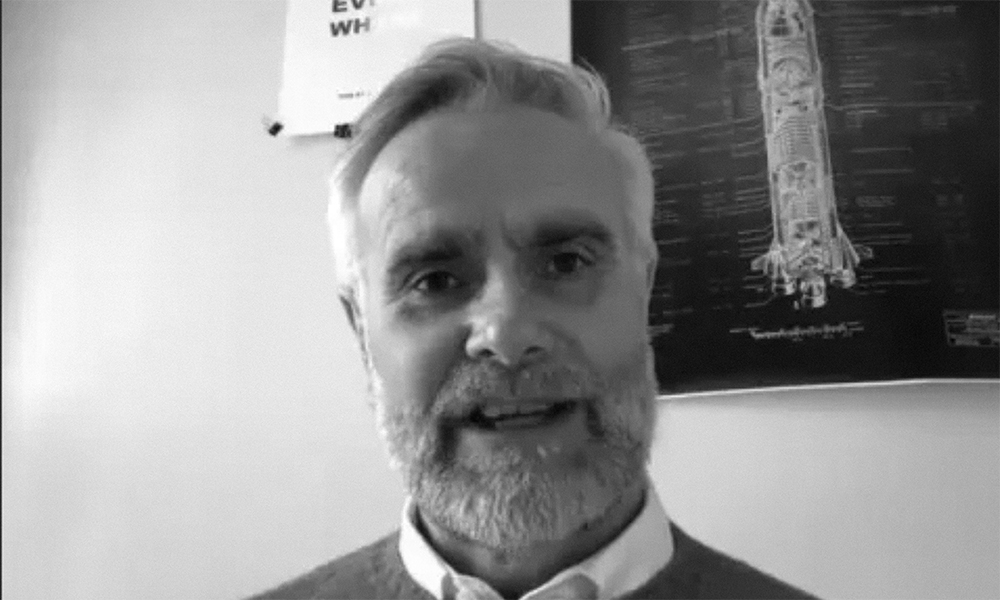In my last article for this magazine, I shared my experience of being unable to control the safety of my Marines during a fire mission as a junior commander with the Royal Marines in Afghanistan. I used this incident to highlight the need to sometimes delegate decision-making to those who are better placed to do it. Drawing on the comparisons between corporate decision-making and military operations, it’s more clear than ever that this cross-pollination of lessons is especially pertinent as we all come to accept the reality that we are indeed operating in a volatile, uncertain, complex and ambiguous (VUCA) world.
Since leaving regular service in the Royal Marines, I spend much of my life writing and talking about lessons that business can learn from the military. But this is as much about learning from the mistakes militaries make as it is about their success — and it’s becoming clear that our comfortable, classic models of leadership don’t work in this constantly changing climate. So, what can the military actually teach us?
Using military analogies in the business world is commonplace, and it’s not surprising that we turn to great generals for guidance, given the resemblances between the adversarial nature of conflict and that of the competitive market. We’re inclined to assume that the military has much to teach us about leadership. When we think of great military leaders, we tend to either think of great generals outwitting the enemy through some mystical combination of strategic brilliance and charisma (think Napoleon on a horse) or inspirational warriors leading death-defying charges in the face of overwhelming danger. These clichéd stereotypes rarely match the realities of what is successful in combat.
If you get to know your team and those individuals who come together to form it, not only does understanding the requirements of leadership become easier, but so too does decision-making.
From my experience, I think the lessons that organisations can learn from the military are less about inspirational leadership and more about building resilient and adaptable teams when the situation around them is dangerous and most definitely VUCA.
Stop focusing on leadership
Both in the military and the business community, we often concentrate heavily on understanding leadership. This is usually focused on what makes us better as individual leaders within our respective organisations.
However, as the pre-eminent author on organisational culture, Edgar Schein, remarks: “Leadership and culture are two sides of the same coin”.
If you concentrate on understanding your organisational culture (and by this I mean the real values and assumptions, beyond the glossy mission statements), and if you get to know your team and those individuals who come together to form it, not only does understanding the requirements of leadership become easier, but so too does decision-making.
My experience in Afghanistan taught me that leaders don’t need to have the answers; they need to know where to find them. Good leaders don’t worry about their leadership but instead worry about culture, strategy and the empowerment of other (often more junior) leaders.
By trying to learn leadership lessons from the experiences of former senior military leaders, I think we focus on the wrong areas and potentially learn the wrong lessons. We should really be learning how the military does “command”.
Focus instead on command
Command ties management and leadership together because command is all about how decisions are made throughout an organisation. It’s about the balance of authority, accountability and responsibility. In essence, command is less about the individual and more about the team’s coherence as a whole, including its ability to share information and make decisions effectively.
This is where military teams do three things really well.
Firstly, they work closely together, even when geographically dislocated. They have a common bond that allows them to work effectively cross-functionally, even if they’ve never met each other.
Secondly, they thrive in uncertainty, making decisions, responding to changes around them and adapting in the midst of VUCA. In fact, I would go as far as to say that they tend to flourish in these conditions. The more dangerous the situation, the more the team seems to come together.
Thirdly, and this is where the real magic is, they work in teams simultaneously problem-solving and adapting to the changing environment in a coherent manner that over time aggregates and compounds to achieve longer-term goals. They link their current activity (tactics) to the completion of longer-term objectives under conditions of continual uncertainty (strategy).
Cultivating agile and adaptive teams
Paradoxically, military organisations – famed for having an explicit chain of command and very regimented structures – have learned the hard way that in the face of a dynamic, uncertain and complex environment, you need distributed and decentralised command. This is known as “mission command”.
Instead of viewing your organisation as a wire diagram that clearly shows a rigid and hierarchical chain of command, we need to start viewing the organisation as a malleable network – as a sphere of influence. In this view, executives no longer sit at the top of the organisation looking down over it but instead sit in the centre, looking out all around it.
The edges of an organisation are the most exposed to the external environment. It is at the edge where an organisation can best sense its surroundings.
This starts with forming a “solid core”. By anchoring your organisation to both a collective vision, and clear values that you subscribe to, leaders set the cultural tone. They must also clearly define what success looks like. Don’t underestimate the impact of setting an example from the centre and its ability radiate out to the edges. Good corporate leadership is essential to reinforcing a good organisational culture. Remember, you cannot create your culture: you can only influence it.
The edges of an organisation are the most exposed to the external environment. It is at the edge where an organisation can best sense its surroundings, and it’s also where it is most impacted by changes happening around it. In order to allow those at the edge of the organisation to be responsive to its environment, it is essential that they receive clear direction and purpose, whilst also having bounded decision-making authority allowing them to decide for themselves.
The adaptive middle is the link between the strategic narratives emanating from the core, and the delivery of day-to-day operations out at the edges. To get the balance between a shared strategic purpose and the freedoms to probe, sense and respond to their environment, the middle must facilitate cross-functionality and effective communication, removing silos and sharing information with evangelical ruthlessness. This takes trust. It takes psychological safety, and it takes judgement. It can’t be done overnight. But, if the spit-and-polish regiments of the British Army can do it, anyone can.


